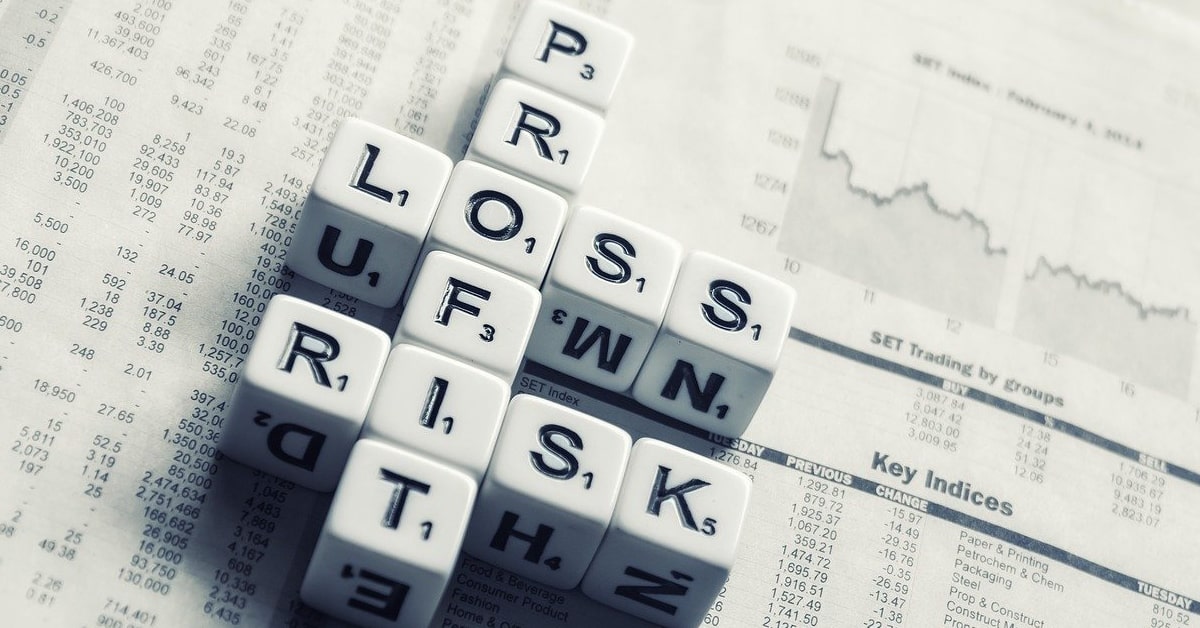Market Risk: Key Factors Influencing Trading Outcomes
Market risks are influenced by a myriad of macroeconomic variables like inflation, political instability, interest rates, and global events. These variables can lead to a change in market direction, causing you to incur losses.
In the world of trading your journey is paved with potential profits and pitfalls. One of the most significant factors that you, as a trader need to consider is 'market risk'. This risk refers to the potential loss that can occur from fluctuations in the financial market. It's the risk that you're exposed to the moment you decide to enter the market. In this article, we will delve into how market risk can impact your trading outcomes and how you can effectively manage it.
The Impact of Market Risk on Trading Outcomes
As a trader, you're always at the mercy of the market. You probably recall the many times you've watched the market move in the opposite direction of your predictions. That's market risk in action. It can erode your profits and even lead to substantial losses if not managed effectively.
Market risks are influenced by a myriad of macroeconomic variables like inflation, political instability, interest rates, and global events. These variables can lead to a change in market direction, causing you to incur losses.
Understanding market risk is crucial to your trading strategy because it can significantly affect the value of your financial instruments. It impacts the prices of shares, bonds, commodities, and currencies, making them more volatile. In essence, the higher the market risk, the higher the potential for loss or gain.

Types of Market Risks in Financial Markets
Market risk in financial markets can be categorised into different types: commodity risk, exchange rate risk, and currency risk.
The Role of Commodity Risk in Financial Markets
Commodity risk refers to the risk of price fluctuations in commodities such as oil, gold, or agricultural products. These fluctuations can result from various factors, including supply and demand dynamics, geopolitical events, and changes in market sentiment.
As a trader, you need to be aware of commodity risk, especially if you're dealing with commodity-linked financial instruments. The volatility of commodity prices can significantly impact your trading outcomes, making your journey in the financial markets a risky venture.
Exchange Rate: A Key Factor in Market Risk
Exchange rate risk, also known as foreign exchange risk or currency risk, refers to the losses that an international financial transaction might incur due to currency fluctuations. If you're trading in foreign currencies or investing in foreign assets, you are exposed to exchange rate risk.
Exchange rate fluctuations can be caused by economic indicators, geopolitical events, or changes in market sentiment. These fluctuations can affect the value of your foreign investments and trading positions, leading to potential losses. Therefore, understanding and managing exchange rate risk is crucial when trading the financial markets.
Currency Risk: Its Impact on Trading Outcomes
Currency risk, a form of exchange rate risk, is particularly relevant for traders and investors dealing in foreign currencies. It refers to the potential loss that could result from adverse changes in exchange rates.
Types of Currency Risk
Currency risk manifests in various forms, each affecting different aspects of international transactions.
- Transaction Risk: Arises when a transaction is agreed upon in a foreign currency but not settled immediately. Fluctuations in exchange rates between the agreement and settlement dates can lead to gains or losses.
- Translation Risk: Affects multinational companies with operations in multiple countries. It arises from the need to translate financial statements from foreign currencies into the reporting currency, exposing the company to exchange rate fluctuations during the translation process.
- Economic Risk: Occurs when a company's future cash flows are denominated in a foreign currency. Changes in exchange rates can impact the company's competitive position and overall profitability.
Tools and Techniques to Mitigate Market Risk
While market risk is an inherent part of trading, it doesn't mean you're helpless against it. There are several tools and techniques available to mitigate market risk.
- Forecasting: Analysing economic indicators and using forecasting techniques can help predict future exchange rate movements, enabling traders to make informed decisions.
- Hedging is another technique used to mitigate market risk. It involves taking an offsetting position in a related security to protect against potential losses.
- Finally, using stop-loss orders can also help limit losses. These orders automatically sell a security when its price falls to a specified level.
Conclusion
Remember, the key to potential profitable trading is not to eliminate market risk but to manage it effectively. By understanding the different types of market risks and using appropriate strategies and tools, you can navigate the turbulent waters of the financial markets with greater confidence.
The material provided here has not been prepared in accordance with legal requirements designed to promote the independence of investment research and as such is considered to be a marketing communication. Whilst it is not subject to any prohibition on dealing ahead of the dissemination of investment research we will not seek to take any advantage before providing it to our clients.
Pepperstone doesn’t represent that the material provided here is accurate, current or complete, and therefore shouldn’t be relied upon as such. The information, whether from a third party or not, isn’t to be considered as a recommendation; or an offer to buy or sell; or the solicitation of an offer to buy or sell any security, financial product or instrument; or to participate in any particular trading strategy. It does not take into account readers’ financial situation or investment objectives. We advise any readers of this content to seek their own advice. Without the approval of Pepperstone, reproduction or redistribution of this information isn’t permitted.